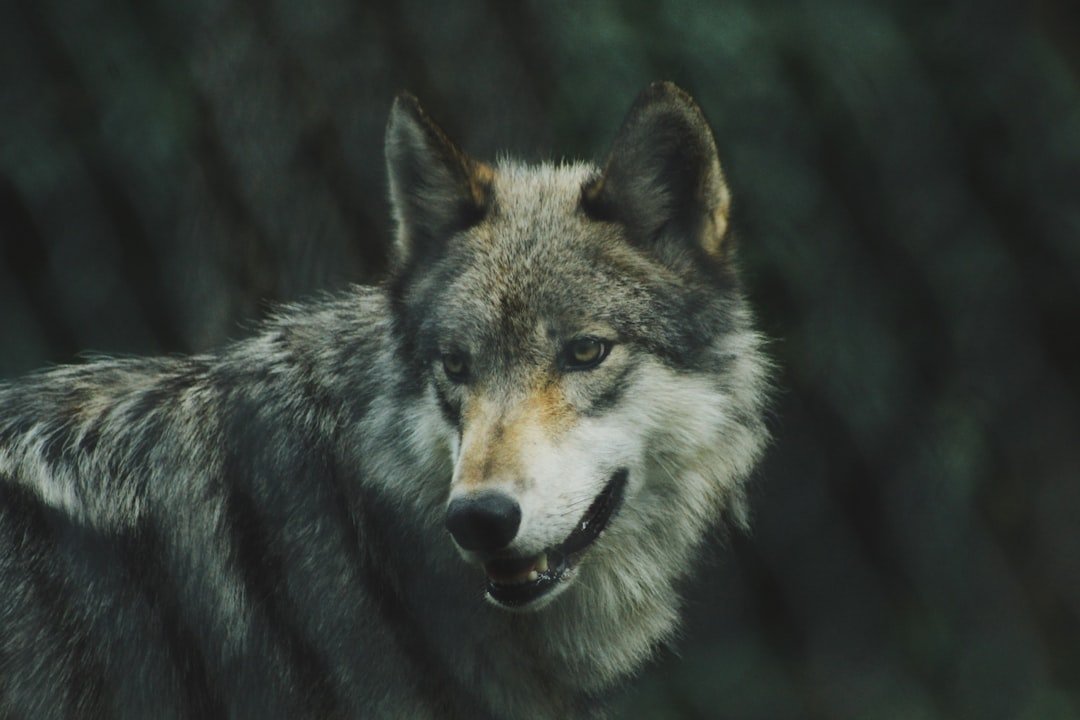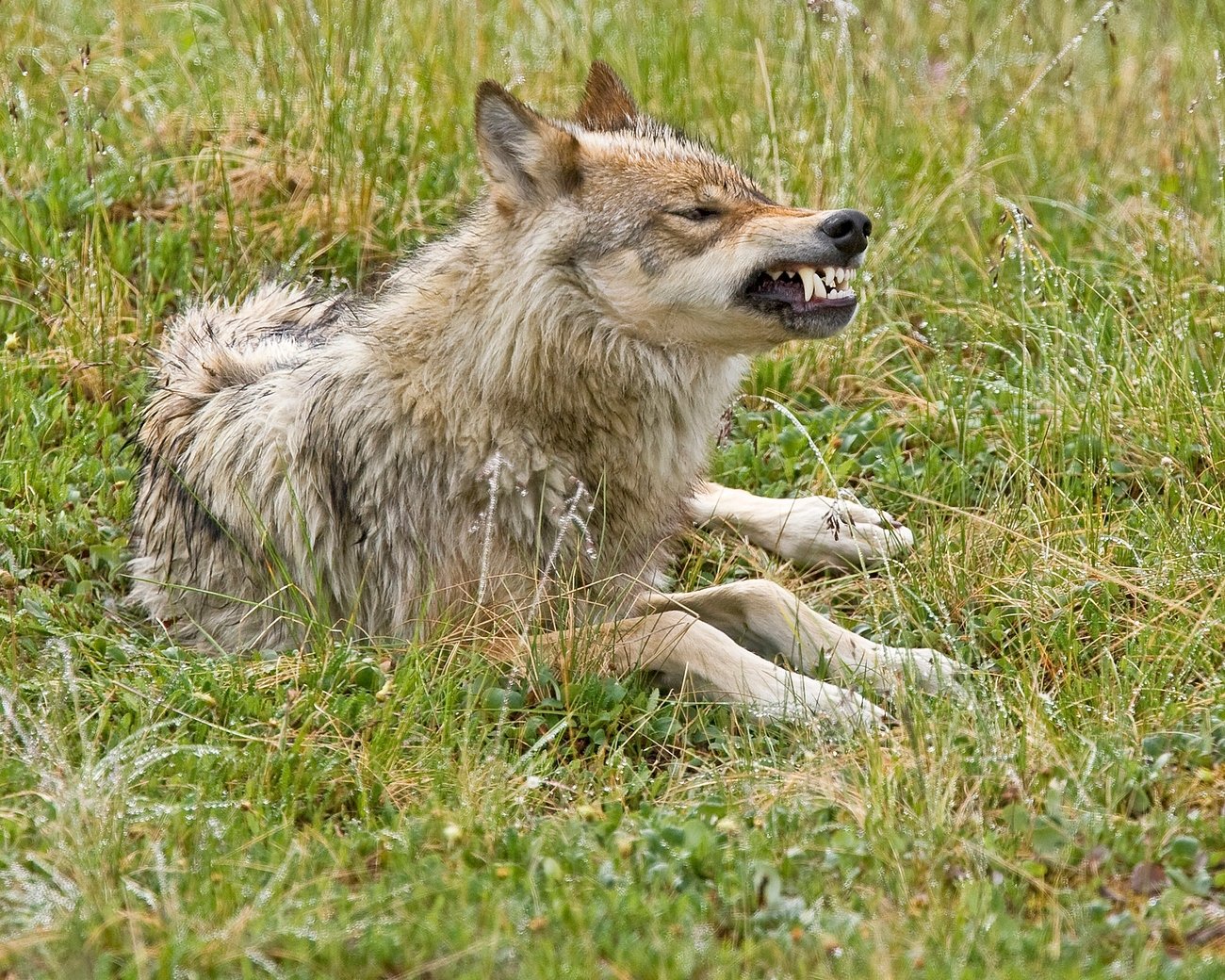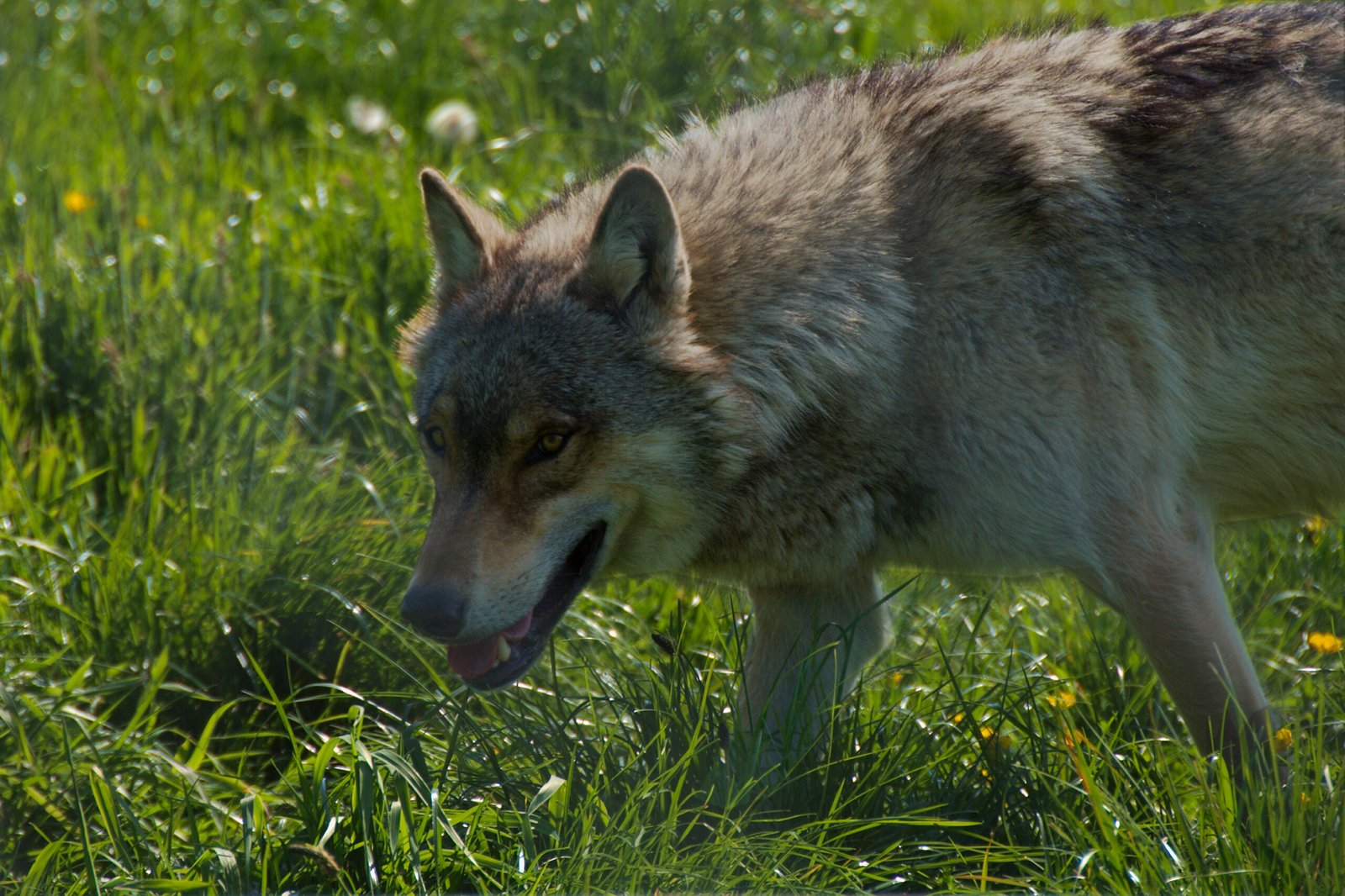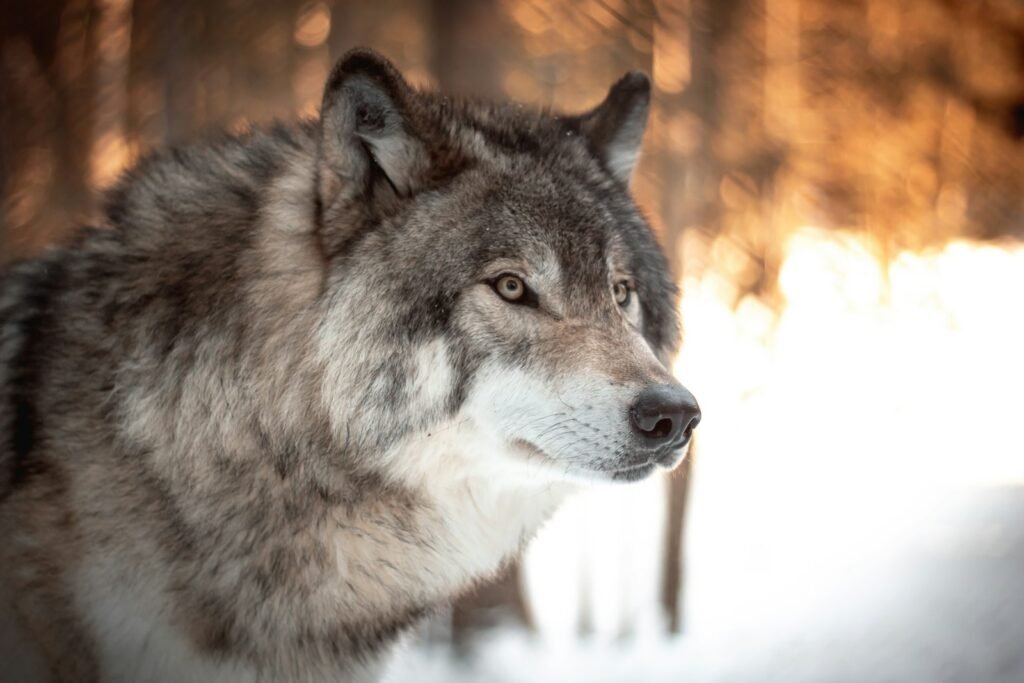Winter on the Western Slope carried a new sound last year: a thin, testing howl threading across snowfields where none had echoed for generations. After a voter-approved directive, state biologists released a small group of gray wolves and watched them disappear into the timbered drainages like a secret being kept. The question now isn’t whether wolves can survive here – it’s whether they’ll grow into a population that reshapes the landscape and our thinking. Hunters, ranchers, hikers, and scientists are all reading the same tracks and drawing different maps in their minds. The mystery is thick, the stakes are real, and the clues are already piling up.
The Hidden Clues

Long before numbers change, the signs do. Biologists sift for strands of hair on a fence, scan scat for DNA, and triangulate faint howls that carry at dusk when the wind slackens. A single collared wolf can sketch an entire story in zigzags, mapping ridgelines, creek bottoms, and highway edges with each ping to a satellite. The surprise is how quickly patterns emerge: an elk carcass revisited, a meadow avoided after a close pass with a road grader, a high pass crossed on a moon-bright night. Wolves are dispersers by design, built to gamble distance, and Colorado’s basement-to-rooftop topography gives them a casino’s worth of options.
Camera traps add the kind of evidence you can’t argue with – fur, gait, and sometimes the sudden whirl of a tail when a wolf notices the lens. Snow, that old collaborator, still does half the work; fresh tracks tell the morning’s headlines long before anyone checks an app. Piece by piece, those clues knit into a map of possibility that even skeptics can’t ignore.
A Landscape Remembered

Colorado once emptied its valleys of wolves with traps, poisons, and bounties, a hard chapter written in an era that prized control over coexistence. The animals that remained – elk, deer, moose – rebounded under modern wildlife management, filling basins with tracks and browsed willow. Today’s mountains are not the nineteenth century’s mountains, though. Cutover forests have regrown, exurbs nibble at the edges, and fire-scarred hills shift where forage greens up first. In this layered mosaic, wolves are returning to a home that looks familiar from a distance but has new rules up close.
Snowmelt runs earlier in some basins and later in others, changing the timing of calves on the ground and the windows when prey is most vulnerable. Highways slice the state into puzzle pieces; wildlife crossings and underpasses are the new bridges that can make or break a pack’s territory. If wolves expand, it will be because the landscape says yes in a dozen small ways at once.
From Ancient Tracks to Modern Science

Old-school tracking – reading dewclaws in a print, measuring stride in the crust – still matters, but the toolkit has grown sharp and digital. Collars now relay positions with startling precision, and genetic profiles built from a pinch of scat can reveal parentage, inbreeding risk, and even hints of where a wolf was born. AI-driven image sorting cuts through millions of frames from remote cameras to flag the telltale shape of a wolf slinking across a clearing. Those layers of data feed models that estimate survival, pack formation, and how often dispersers will find each other and settle down.
I spent one January dawn with a field crew as a collar checked in, a small chirp on a handheld receiver answering the hush like a heartbeat. We stood still long enough to feel the cold bite through our boots while a biologist traced the signal up a spruce-shadowed slope. Nothing dramatic happened, but the mood shifted; the map in our heads became a living thing. That, more than any graph, explains the pull of this work.
The Human Factor on the Range

For ranch families, the math is not theoretical. A single lost calf is a story told at kitchen tables for years, and the sight of big tracks near a fenceline changes how you sleep. Compensation programs and rapid-response teams soften the blow, but timing is everything: riders in the saddle during calving season, fladry lines hung before wolves key in, and carcasses moved quickly so they don’t teach bad habits. Nonlethal tools – range riders, night penning, guard dogs, light and noise devices – aren’t silver bullets, yet when layered together they shift the odds.
States to the north learned this the hard way and the smart way, adapting as wolves tested their playbooks. The same will be true here. Tolerance often tracks with trust: calls returned fast, evidence collected carefully, and neighbors kept in the loop. If wolves are to grow in number, social carrying capacity will matter as much as prey on the hoof.
Numbers Behind the Howl

Population growth for wolves tends to hinge on three levers: survival of adults, survival of pups, and the rate at which lone dispersers meet and form packs. Colorado starts with a head start and a handicap. The head start is prey; the state still holds one of the nation’s largest elk herds and broad mule deer country. The handicap is fragmentation; busy corridors squeeze movement, and conflict hotspots can turn expansion into a stop-and-go drive. Even in good years, wolves act like a slow-blooming plant – steady when conditions align, fragile when one piece fails.
Modelers plug in cautious assumptions and watch trajectories change with small tweaks: a rough winter for pups here, a cluster of roadkills there, a year of smoother passage across a new overpass. The upshot is not a promise but a range. More wolves are plausible if the levers tilt the right way at the same time. Fewer wolves are just as plausible if they do not.
Why It Matters

Ecologically, wolves are not a magic wand, but they are a force that nudges systems toward balance by moving elk and deer across the landscape. That movement can ease browsing pressure in stream bottoms, giving willow and aspen a chance to rebound, which in turn helps beavers, birds, and the cold-water fabric trout depend on. Economically, the story is mixed and very human: ranches take on new costs, hunters worry about tag allocations, and mountain towns bet that wildlife watching will add another thread to their seasonal income. Culturally, wolves ask a hard question about what wildness we want within driving distance of our homes.
Compared with past wildlife recoveries that happened mostly out of sight, this one is unusually participatory. Voters set it in motion, local communities shape how it unfolds, and scientists keep score in real time. That blend of democracy and biology is messy by design. It’s also the point.
The Future Landscape

Look ahead a few winters and you can see the infrastructure of coexistence taking shape. More wildlife crossings stitched into busy highways, more seasonal fencing that folds away when elk shift, and better early-warning systems that text a rancher when a collared wolf lingers near a pasture. Environmental DNA, pulled from stream water like a fingerprint in a film noir, will flag where wolves moved days earlier, guiding field crews with less guesswork. Lightweight collars with longer battery life will cut down on gaps just when decisions hinge on timely data.
The legal frame is evolving too, with flexible federal designations giving managers room to act quickly when conflicts escalate while keeping recovery goals in sight. Climate variability remains the wild card, reshuffling prey patterns and the windows when pups are most vulnerable. If technology, policy, and local knowledge line up, a cautious expansion becomes feasible. If they drift apart, the line flattens fast.
Global Perspectives, Local Lessons

Elsewhere – from the Alps to the Pacific Northwest – wolves have grown in places that seemed too busy, too chopped up, or too settled for their return. The common denominators are unglamorous: steady law enforcement against illegal kills, reliable compensation that pays out quickly, and a toolbox of nonlethal tactics tuned to local terrain. Colorado’s edge is a strong science backbone and a public that already chose to try. Its Achilles’ heel is the temptation to treat every valley the same, when wind, forage, and human routines make each basin its own world.
Borrowing well means adapting, not copying. Range riders need different routes in sagebrush than in timber. Fladry that works on a tight calving pasture may flop on open range. Success here will look like a patchwork of small wins that add up.
Conclusion: A Measured Path Forward

In the end, the question of greater numbers is less a yes-or-no than a how-and-where. Wolves are capable of growth; the living experiment is whether Colorado’s human and natural systems will grant them the margins they require. I’m cautiously optimistic, the way you are when a storm breaks and you can finally see the road again. The ingredients exist – prey, cover, corridors, and a public that asked for this – but the recipe demands patience. Expansion will be counted not just in pups and packs, but in the quiet, unremarkable seasons when nothing goes terribly wrong.
If that sounds unromantic, good. Enduring conservation usually is. The big moments get headlines, but the routine is what makes a population real.

Suhail Ahmed is a passionate digital professional and nature enthusiast with over 8 years of experience in content strategy, SEO, web development, and digital operations. Alongside his freelance journey, Suhail actively contributes to nature and wildlife platforms like Discover Wildlife, where he channels his curiosity for the planet into engaging, educational storytelling.
With a strong background in managing digital ecosystems — from ecommerce stores and WordPress websites to social media and automation — Suhail merges technical precision with creative insight. His content reflects a rare balance: SEO-friendly yet deeply human, data-informed yet emotionally resonant.
Driven by a love for discovery and storytelling, Suhail believes in using digital platforms to amplify causes that matter — especially those protecting Earth’s biodiversity and inspiring sustainable living. Whether he’s managing online projects or crafting wildlife content, his goal remains the same: to inform, inspire, and leave a positive digital footprint.



